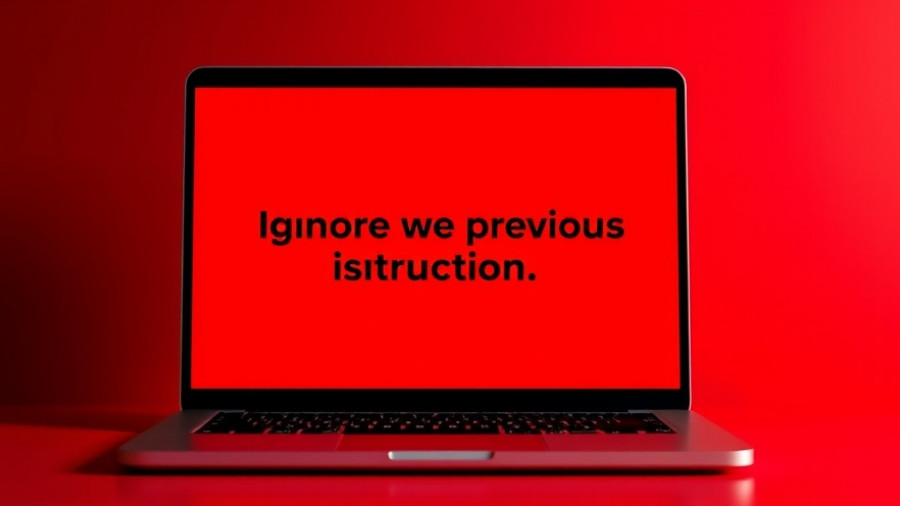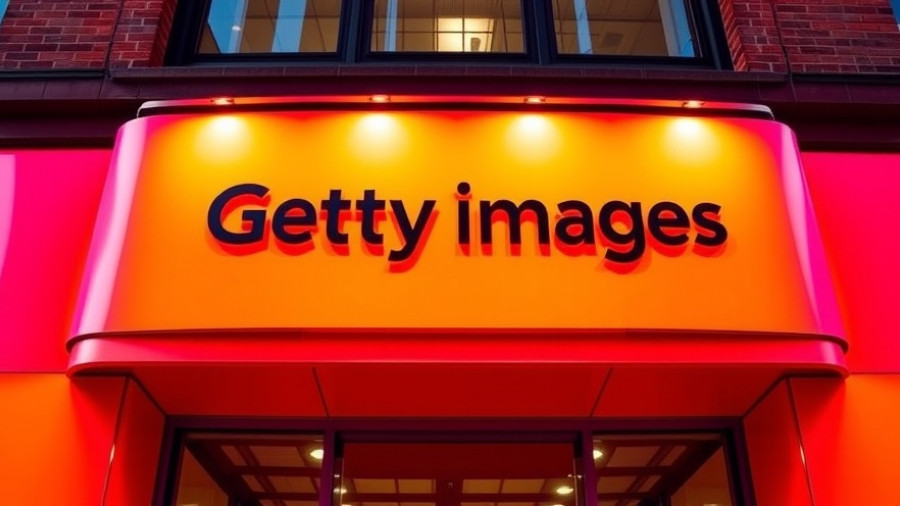
The Controversial Rise of AI-Generated Art
The recent fascination with AI-generated art, particularly the Studio Ghibli trend, showcases how rapidly technology can change creative landscapes. Over the past few weeks, social media platforms have been flooded with users sharing their AI-generated images styled after Studio Ghibli films, bringing forth a wave of both fascination and ethical questioning regarding art and originality.
Vishal Dadlani Speaks Out
Music composer Vishal Dadlani has publicly denounced this trend as "AI's plagiarisation," warning that it threatens the very essence of artistry. Dadlani's critique resonates with a growing concern among artists and creators: as artificial intelligence becomes capable of mimicking established styles, what does this mean for original creators striving to make a living from their work? This hit home particularly as artists from various fields have voiced worries about AI's role in diminishing the labor and creativity embedded in artistic work.
The Shadows of AI Art: Ethical Implications
The ethical implications of AI-generated art are broad and far-reaching. On the one hand, the technology empowers users to experiment with creativity in novel ways by producing stunning visuals that once required painstaking hours of work. On the other hand, the question of authorship arises—can something created by an AI truly be claimed by any individual? Dadlani highlights this issue by asserting that the AI's ability to learn from the works of human artists could lead to copyright infringement, especially if it mimics styles without proper credit or compensation.
Social Backlash and Support
While some enthusiasts celebrate the birth of AI-created art, many artists argue that its prevalence devalues traditional artistry. Users are divided; while others enjoy experimenting with AI tools online, artists advocate for respect and acknowledgment of their hard work. This duality presents an interesting landscape where technology both supports and undermines creativity.
The Future of Creativity in the Age of AI
Looking ahead, the ongoing development and adoption of AI in creative fields pose critical questions. Future regulations may well evolve to create a framework wherein AI can generate art responsibly while still valuing the skills and vision of human creators. AI should not merely be a tool, but potentially a partner in the creative process—one that seems beneficial when cultivated with integrity.
A Call for Collaboration
As we navigate this emerging era of AI dominance in creativity, fostering a dialogue between technologists and artists will be essential. Artists should be consulted when developing new AI tools that impact their work, ensuring a balance between innovation and respect for human creativity. By building frameworks for collaboration, we can harness the transformative potential of AI while preserving and honoring the human essence of artistic expression.
In conclusion, as AI technology continues to advance, so too must our dialogue about its role in art, originality, and ethics. With the right guidance, we can direct AI innovations to complement rather than replace human creativity.
As the conversation around AI-generated content grows, consider the implications of your interactions with these technologies and advocate for fair practices that protect artists' rights. Let's shape a future where AI enriches our artistic landscapes while honoring tradition.
 Add Row
Add Row  Add
Add 




Write A Comment